Escalator Drive Chain
The escalator drive chain is divided into two parts: the main drive chain and the handrail belt drive chain. Each of these parts has different characteristics, which can affect their performance and longevity. In addition to preventing premature wear and tear, they should be designed to align the sprockets and engine chains in the correct direction. In addition, escalator drive chains should be lubricated regularly to ensure maximum performance. This can be done manually or automatically.
An escalator’s drive unit consists of an electric motor, decelerator, electromagnetic brake, and V belt. These parts transmit power to the drive wheel, which in turn drives the Trailing Rollers. A drive chain drives the Moving Handrail. This chain transfers the motive force from the gearbox shaft to the main drive shaft. To prevent excessive wear and tear, an escalator must have a safety device that disconnects the main drive motor in case of emergency.
Escalator Drive Chain
The escalator drive chain is divided into two parts: the main drive chain and the handrail belt drive chain. Each of these parts has different characteristics, which can affect their performance and longevity. In addition to preventing premature wear and tear, they should be designed to align the sprockets and engine chains in the correct direction. In addition, escalator drive chains should be lubricated regularly to ensure maximum performance. This can be done manually or automatically.
An escalator’s drive unit consists of an electric motor, decelerator, electromagnetic brake, and V belt. These parts transmit power to the drive wheel, which in turn drives the Trailing Rollers. A drive chain drives the Moving Handrail. This chain transfers the motive force from the gearbox shaft to the main drive shaft. To prevent excessive wear and tear, an escalator must have a safety device that disconnects the main drive motor in case of emergency.
There are a few easy ways to keep the escalator drive chain in great condition. First, be sure to check the pitch of the drive chain. Many chains are too short to be effective for heavy loads. Fortunately, there are ways to adjust the pitch of the chain without causing damage to the escalator.
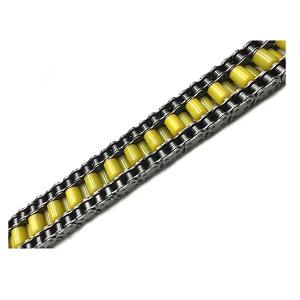 |
 |
Chain No. Pitch Roller diameter Width between inner plates Pin diameter Pin length Inner plate depth Plate thickness Transverse pitch Ultimate tensile strength Average tensile strength Weight per meter P d1 max b1 min d2 max L
maxLc max h2
maxt/T
maxPt Q
minQ0 q mm mm mm mm mm mm mm mm mm kN/lbf kN kg/m 20A-2 31.75 19.05 18.90 9.53 76.4 80.5 30.00 4.00 35.76 177.00/39791 219.4 7.80 20AFT-2 31.75 19.05 18.90 9.53 76.4 80.5 30.10 4.00 35.76 211.68/47587 262.5 8.09 20A-3 31.75 19.05 18.90 9.53 112.2 116.3 30.00 4.00 35.76 265.5/59686 309.6 11.77 20AFT-3 31.75 19.05 18.90 9.53 112.2 116.3 30.10 4.00 35.76 330/74186 395.0 12.10 24A-2 38.10 22.23 25.22 11.10 95.8 99.7 35.70 4.80 45.44 254.00/57101 314.9 11.70 20B-3 31.75 19.05 19.56 10.19 114.2 117.9 26.40 4.50/3.50 36.45 250/56202 290.0 10.82 24B-2 38.10 25.40 25.40 14.63 101.7 106.2 33.20 4.50/3.50 48.36 280.0/62946 319.2 13.40 100SLR-2 31.75 19.05 18.90 9.53 76.4 80.5 30.00 4.00 35.76 173.4/39399 190.0 7.89 16BSLR-2 25.40 15.88 17.02 8.28 68.0 69.3 21.00 4.15/3.10 31.88 106.0/23829 133.0 5.42
Pitch of Escalator Drive Chain
The pitch of an escalator drive chain is the ratio of the number of teeth to the step pitch. There are four or six teeth in a chain. This can affect the smooth running of the escalator. Large linear movements can affect the redirecting station and disrupt the smooth running of the escalator. If this happens, the escalator may not be safe for the users. Therefore, proper design is required to minimize the risks of accidents.
The pitch of the escalator drive chain should be as small as possible to lessen the effects of chordal action. Although the installation of an escalator step chain varies by country, the principle is the same. The bearing part of the chain plate is located at the center of the step shaft. The step shaft and extended pins support the weight of the steps and travelers. If the chain pitch is too large, the escalator may not run smoothly.
Noise-reducing Device for Escalator Drive Chain
The present invention relates to the technical field of escalators and relates to a noise-reducing device for escalator drive chains. The noise-reducing device consists of a body for the drive chain and polyurethane blocks arranged in the tooth sockets. The noise-reducing device is an effective noise-reduction device for the escalator drive chain. This invention is intended to reduce noise transmitted by escalators and staircases.
The conventional structure of the escalator drive chain has many disadvantages. One of them is the high number of chain teeth. Moreover, a small chain pitch leads to more chains per step and meter and higher wear points. Another disadvantage of the conventional structure is its relatively small chain pitch. Consequently, it is essential to meet the maximum permissible chain pitch. Another disadvantage is its high cost.
Material Damage Modes of Escalator Drive Chain
Various wear modes can lead to failures of escalator drive chain and thus reduce its wear resistance. These problems may be avoided by paying attention to continuous safety research. In a study, various material damage modes such as micro cracking, wear damage, and decarburization defect were analyzed. In order to understand how these modes affect the chain’s performance, tensile tests and friction&wear experiments were conducted.
The preventive maintenance chart must include safety rules, testing and adjustment procedures, and pictorials for all mechanical components. The maintenance chart should include instructions for removing floor plates, removing interior panels, and replacing comb segments. The chart should also provide a detailed lubrication schedule with a description of where to lubricate each component. It should also include electrical and control wiring diagrams.
Chains and Sprockets
Chains and sprockets are mechanical devices that allow two shafts to rotate in synchronization. These two components are made of steel, nylon, or Teflon. There are a few common types of chains and sprockets. The material of these components determines their use and how long they should last.
Whether you need a chain for a bicycle or a sprocket for a conveyor, a chain sprocket is your answer. Chains are widespread and have a long history of use. They have a wide range of uses, from industrial applications to recreation. A bicycle chain is a common part of many other mechanical devices. Depending on the application, there are different types of chains.
For a general guide to choosing a chain, check your manual for a chain size chart. There are commonly listed chain sizes as well as sprockets, which are standardized by ANSI. The first digit of a chain’s pitch measures the distance between the rivets. For example, a “5” chain has a pitch of five eighths of an inch. A sprocket with a “20” code is a sprocket with two strands running parallel to each other.
The last two parts of a chain or sprocket are known as the idler sprocket. These parts are secured to the shaft by a keyway or a set screw, according to ANSI standards. However, these guidelines are only applicable to some applications, so be sure to contact the sprocket supplier to find out the proper keyway size. A chain should be lubricated before it is used. The escalator chain oil should penetrate small clearances in order to be effective.
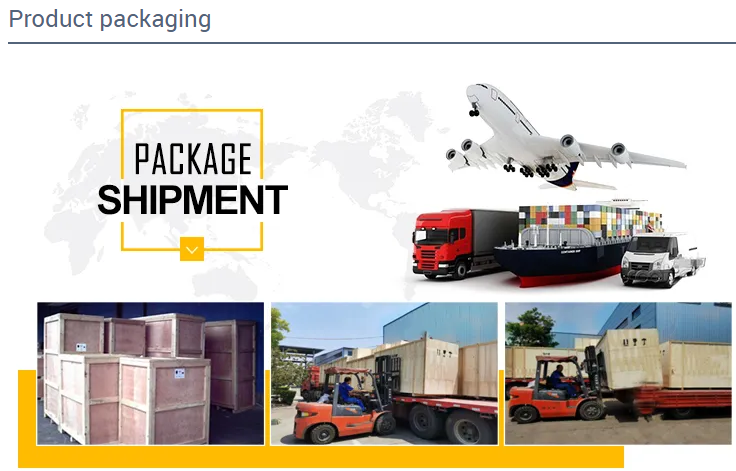
Packing Shipping Delivery
  |
 |
|
 |
 |
|
How to choose power transmissions parts and industrial products which meet our requirement
| Chains | Sprockets | Pulleys | Timing belt Pulley | V-belt Pulley |
| Sheaves | Coupings | Bush &Hub | Gear& Rack | V-Belt |
| Locking Assembly | Pulley | Gearbox | Reducer | Shaft Collar |
| Rod End Bearing | Clevis | PTO | Chain Guide | Belt Guide |
| Rubber Buffer | Chain Tensioner | PTO Drive Shafts | Universal Joints | Roller Chains |
| Conveyor Chains | V-Belts | Worm Gearbox | Helical Gear | Worm |
| Agricultural Chain | CNC Proces Parts | Casting | Stamping | |
| Powder Metallurgy | CNC Proces Parts | Casting | Stamping |
What Products Do you sell ?
We are a group of factories, give customer one stop solution of power transmission and industrial products. We are in the position to supply wide range of products, including chains, sprockets, v-belt and v-belt pulleys, timing belt and timing belt pulleys, gears, speed reducers, motors, racks, couplings, and many other parts, like locking assembly, taper bushing, Chain guide, shaft collar, torque limiter, cam clutch, universal joint, motor base and motor slide, rod end, clevis, rubber mount, etc. We make special parts according to drawings and/or samples.
How to choose a gearbox which meets our requirement?
You can refer to our catalogue to choose the gearbox or we can help to choose when you provide
the technical information of required output torque, output speed and motor parameter etc.
What information shall we give before placing a purchase order?
a) Type of the gearbox, ratio, input and output type, input flange, mounting position, and motor informationetc.
b) Housing color.
c) Purchase quantity.
d) Other special requirements.
What industries are your gearboxes being used?
Our gearboxes are widely used in the areas of textile, food processing, beverage, chemical industry,
escalator,automatic storage equipment, metallurgy, tabacco, environmental protection, logistics and etc.
What is the producing process?
Production process including raw material cutting, machine processing, grinding, accessories cleaning, assemble, cleaning, stoving, oil coating, cover pressing, testing, package.
How to control the products quality?
Combining advanced equipment and strict management, we provide high standard and quality bearings for our customers all over the world.
What is the transportation?
-If small quantity , we Suggest to send by express, such as DHL,UPS, TNT FEDEX. If large amount, by air or sea shipping.
Can we design packaging?
-Yes. Default is regular packing, and we can make customer's own packing.
Can you provide OEM service?
-Yes, we work on OEM orders. Which means size, quantity, design, packing solution, etc will depend on your requests; and your logo will be customized on our products.
Can you give me discount on Power Transmissions Parts and Industrial parts?
-Yes, of course. Pls. send me your Email, you'll get more
Q: Are You a trading company or a manufacturer?
A: We Are the factory and have our Own trading company
Q: How Can I get an offer?
A: please send US quotation information: drawings, materials, weight, quantity and requirements, we can accept PDF, ISGS, DWG, STEP file format. If you don't have the drawings, please send us the samples, we can also quote you according to your samples.
Q: What is your minimum order size?
A: it is usually 100 pieces, but a low quantity is acceptable under some special circumstances.
Q: Do you provide samples? Is it free or extra?
A: Yes, we can provide samples free of charge, but we don't pay the freight.
Q: What is the lead time for mass production?
A: honestly, it depends on the number of orders. Normally, if you don't need the tools, deposit them after 30 days or so.
Q: What if the parts don't Work?
A: we can guarantee the quality, but if it happens, please contact us immediately, take some photos, we will check the problem and solve it as soon as possible.
Q: What are your terms of payment?
A: payment is less than US $1000,100% in advance. Payment: $1000,50% wire transfer in advance, balance before shipment,Other Terms of payment are negotiable

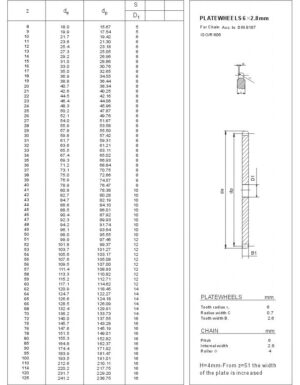
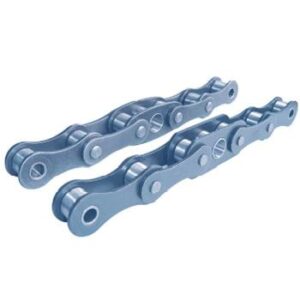
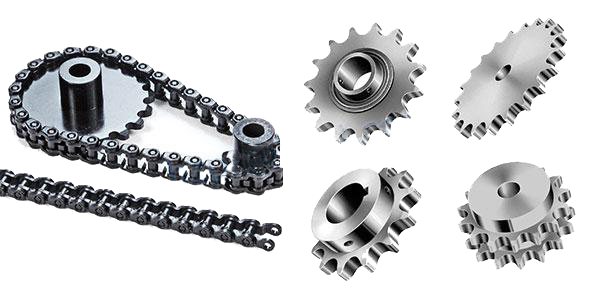
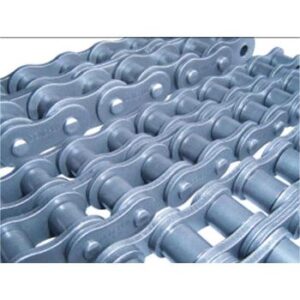
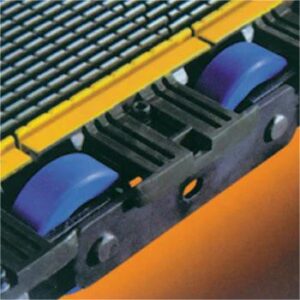
Reviews
There are no reviews yet.